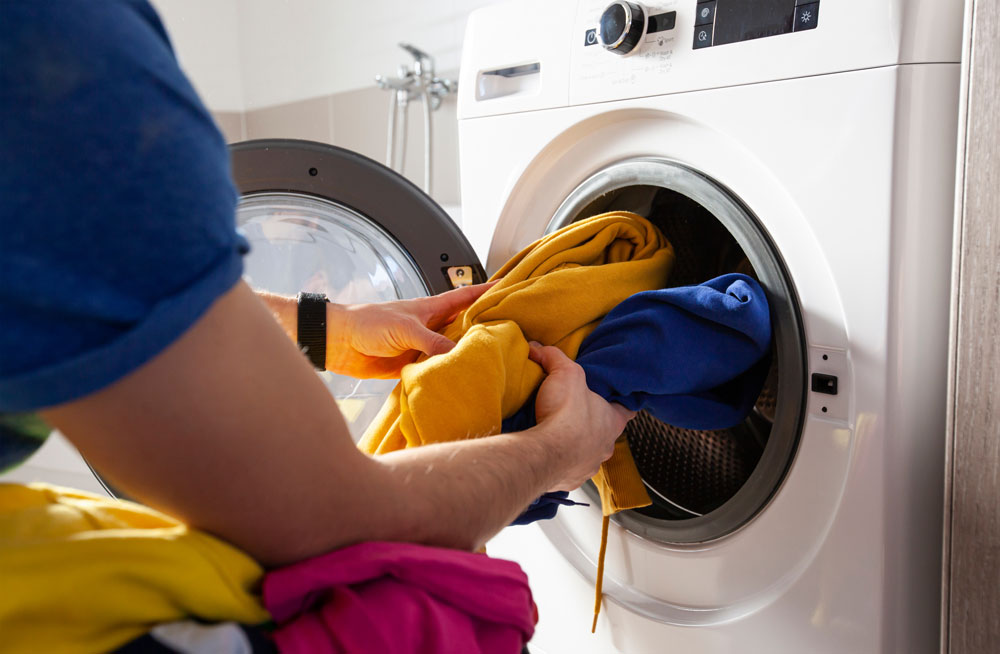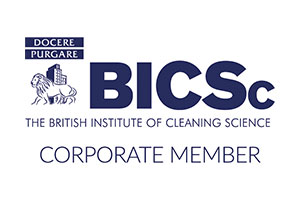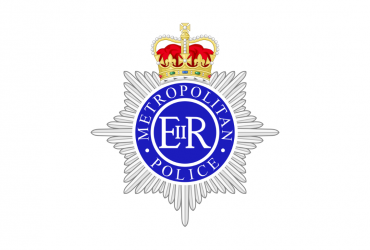How Do You Get Soot Out Of Fabric?
 CONTENTS
CONTENTS
- What is soot?
- Why are soot stains so hard to remove?
- How to clean soot off fabric
- Why you should bring in professionals for fire restoration
- Get in touch
Whether some soot from a candle got onto your favourite jumper or a house fire covered the contents of your wardrobe in soot, you need to remove the soot from the fabric immediately. The longer the stain is left, the harder it will be to get rid of. If a fire has occurred on your property, you must bring in fire damage cleaning professionals to restore it to its previous condition.
At ICE Cleaning, we offer a comprehensive fire restoration service carried out by experienced professionals. Our technicians can remove soot and ash, collect waste, and neutralise any lingering odours. In an emergency, they can be on site within several hours.
Read on to learn more about soot and how to clean it off your clothing and upholstery.
What is soot?
Soot is a black powdery substance that is a by-product of incomplete combustion. It contains harmful chemicals that can affect your health when inhaled, ingested, or absorbed through the eyes. Prolonged exposure to soot can result in respiratory difficulties, cardiac problems, and even cancer.
Every time you sit down or brush against a soot stain on a piece of clothing or furniture, microscopic particles of soot are released into the air where they can be easily breathed in without you realising.
Cleaning up fire damage is critical to protect your health and get rid of the unsightly stains soot can cause. But cleaning up soot is a difficult, time-consuming process that requires specialist equipment. You can find out more about cleaning up soot after a fire in this blog.
Why are soot stains so hard to remove?
Soot is an oily and stubborn substance, and is particularly challenging to remove from fabric as it can penetrate the fibres and settle deep into them.
Even if you manage to remove most of the visible stain manually, microscopic remnants often linger within the weave of your fabrics. These remaining particles can cause harm in the long run as soot is corrosive. It will cause fabric to fade and deteriorate over time.
How to clean soot off fabric
Clothing
Getting soot out of fabric can be a tricky endeavour with an incorrect approach potentially making the stain worse or causing damage to your clothing.
For example, some recommend rubbing the stainwith detergent which may spread the stain around, while others recommend washing on a high temperature which may not be suitable for some garments.
While cleaning the soot, you will also be more likely to touch, inhale, and ingest it, putting yourself at risk of serious health problems.
Professional cleaners have the have specialised equipment and knowledge for tackling soot stains and fire damage. They will know exactly what solutions work best for the different types of fabrics exposed to soot.
Upholstery
Following a fire, your upholstery is far more vulnerable to fire damage and soot stains as clothes will probably be stored away in closets and drawers. The stains will be larger and the particles will likely have sunk in deeper.
Just like with clothes, the soot is very stubborn to remove and the wrong cleaning method could make the stain worse or cause damage.
Some of the upholstery cleaning methods recommended are very time-consuming manual processes, too, like sprinkling over baking soda and sponging the stain until it's gone. These cleaning hacks also might not be that effective.
We strongly advise letting professionals, like our technicians, handle it. They will know exactly how to get soot off fabric, and can take care of the rest of the fire damage in your property, as well. Our technicians can give you peace of mind that your home is safe again. You can find out whether you should keep furniture after a fire in this blog.
Why you should bring in professionals for fire restoration
Firstly, fire damage is very dangerous to be exposed to. The soot and smoke damage can lead to respiratory problems and even cancer. There may also be structural damage in the property that could put people at risk of serious injuries.
Secondly, removing soot, ash, and smoke damage from a property is a challenging task that requires lots of manpower, as well as specialist techniques and tools. All traces must be removed to make the property safe to stay in. Professional fire damage cleaners have the knowledge and training to deliver a deep but efficient clean.
Get in touch
Our technicians have many years of cleaning fire damage from domestic and commercial properties. We operate nationwide and our fire damage cleaners are available 24/7, 365 days a year, including bank holidays.
Contact our team today on 0208 066 0360 or send an email to enquiries@icecleaning.co.uk to book our technicians for fire damage cleaning.

Speak with me today,
I’m here to help
By asking you a few questions either via phone or email I can immediately provide a realistic estimation of the cost.
You’re in good company. We’ve cleaned for the following commercial clients… View all

Why choose us?
- Cater to a wide variety of cleaning situations
- Nationwide coverage, available 24/7
- Cater to commercial and domestic clients
- Free survey provided prior to quotation
- Emergency response team
- Offer a bespoke service designed to suit all your needs
- All technicians hold professional health and safety qualifications, including BICSc, IOSH, Dewpoint Professional & Safe Contractor
We’re fully accredited
We place best practise, professional expertise and health and safety at the core of our business. We’re fully compliant with all legal obligations. You can view a list of our accreditations below, or visit our Health & Safety page for more information.











-RGB-small.1707319151.jpg)




















